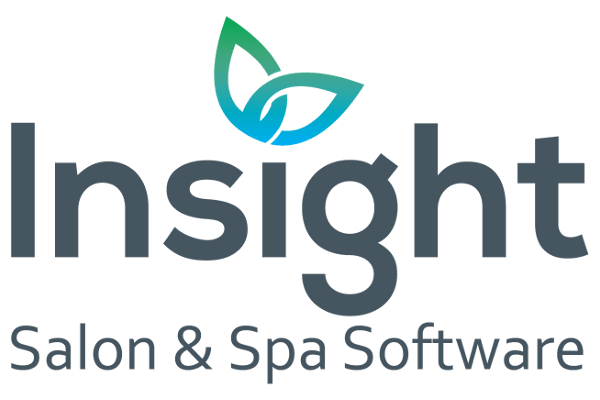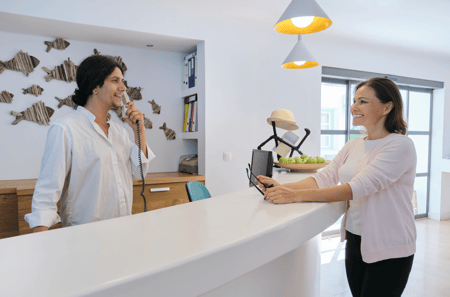Email marketing is the most cost-effective channel to reach your existing clients. While social media gets a lot of attention, a very small portion (2%) of your followers will ever see your post unless you pay to boost it. Meanwhile, sending an email will reach over 90% of your audiences' inboxes.
As with all marketing efforts, it's important to take note of best practices to ensure that you effectively engage your readers and not annoy them with spam.
1. Define your Goals
Before you begin creating your email, consider your purpose. Are you looking to remind customers to book their next appointment? Win back lost clients? Build brand awareness? If you don't have a reason to send an email, then don't send anything.
2. Target Customer Segments
Create tailored emails with relevant information and offers for each segment of your clientele. Then set up the filters to ensure that the right email gets delivered to the intended audience at the proper time.
Who do you want to reach with this specific email? With Insight Software, you can segment clients in countless ways including first-in date, last-in date, future appointments, birthday, referral source, and gender.
3. Craft your Message
The key to getting your message across clearly is to only include the necessary information to help you reach your goal. Stay on topic, be brief, and tell clients what action they should take. Other information may distract readers from the main point and reduce your conversion rate.
If the purpose of the email is to confirm an appointment, simply mention when it is scheduled for and how the client should contact you to confirm or reschedule.
When writing an e-newsletter to maintain your brand presence, you can share recent trends or salon announcements. To get your audience to read through the entire email, keep the content short and include links to your website or blog where you can have lengthier stories and articles.
4. Use Images Strategically
Studies show that click-through rate decreases as the number of images in the email increases. Furthermore, spam filters will be on guard for emails that primarily consist of images and include barely any text. Even if the email arrives in your audiences’ inboxes, the images may not display automatically.
Images are meant to supplement your content, not replace it. While you can include some information in the pictures, be sure that any important information is also listed within the body content of the email. If your image has the details of an upcoming promotion in it but doesn't actually load for the client to see, the email will not fulfill its purpose.
5. Include a Call to Action
What action do you want your client to take after reading your email? Whether it's to book a visit, confirm an appointment, refer a friend, or purchase a product, make sure it is clearly outlined. If possible, use a button (and make it large enough to easily click on a smartphone) instead of just text.
Depending on the action, you may want to mention any incentives or include a deadline to get them to take action now.
6. Schedule
How often do you want emails to be sent out? For a flash Sale, you probably only want to send out an email once. However for appointment reminders, you may want emails to be sent daily to clients with an appointment in 2 days. With win-back campaigns, you may choose to have it run once per month, aimed at clients who were last in between 91-120 days ago and who have no upcoming appointments.
By determining the ideal frequency, your emails will have a greater open rate, more conversions, and a lower unsubscribe rate. Plus, you can save a lot of time by automating some of your campaigns.




